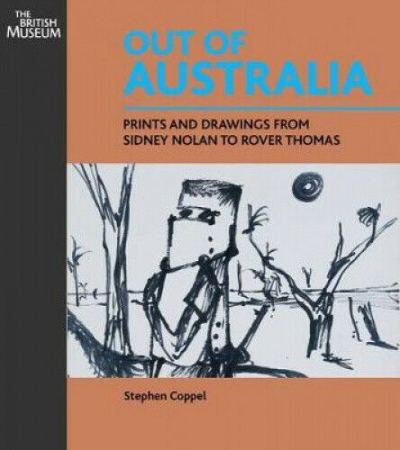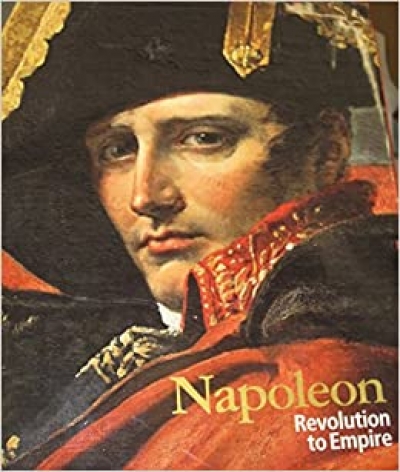Accessibility Tools
- Content scaling 100%
- Font size 100%
- Line height 100%
- Letter spacing 100%
Arts
A Difficult Woman: The Challenging Life and Times of Lillian Hellman by Alice Kessler-Harris
by Desley Deacon •
Out of Australia: Prints and Drawings from Sidney Nolan to Rover Thomas by Stephen Coppel
by Angus Trumble •
Michael O’Connell: The Lost Modernist by Harriet Edquist
by Morag Fraser •
Unexpected Pleasures: The Art and Design of Contemporary Jewellery by Susan Cohn
by Christopher Menz •
Australian Art and Artists in London, 1950–1965: An Antipodean Summer by Simon Pierse
by Sarah Scott •
Contemporary Australian Drawing #1 by Janet McKenzie, with Irene Barberis and Christopher Heathcote
by Justin Clemens •
Dogs in Australian Art: A New History in Antipodean Creativity by Steven Miller
by Stella Gray •










